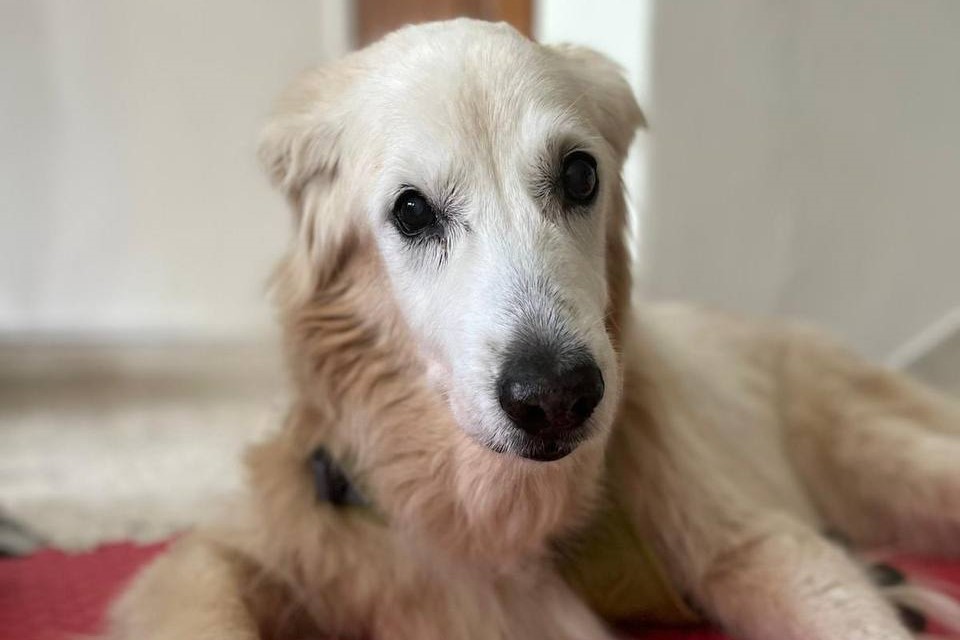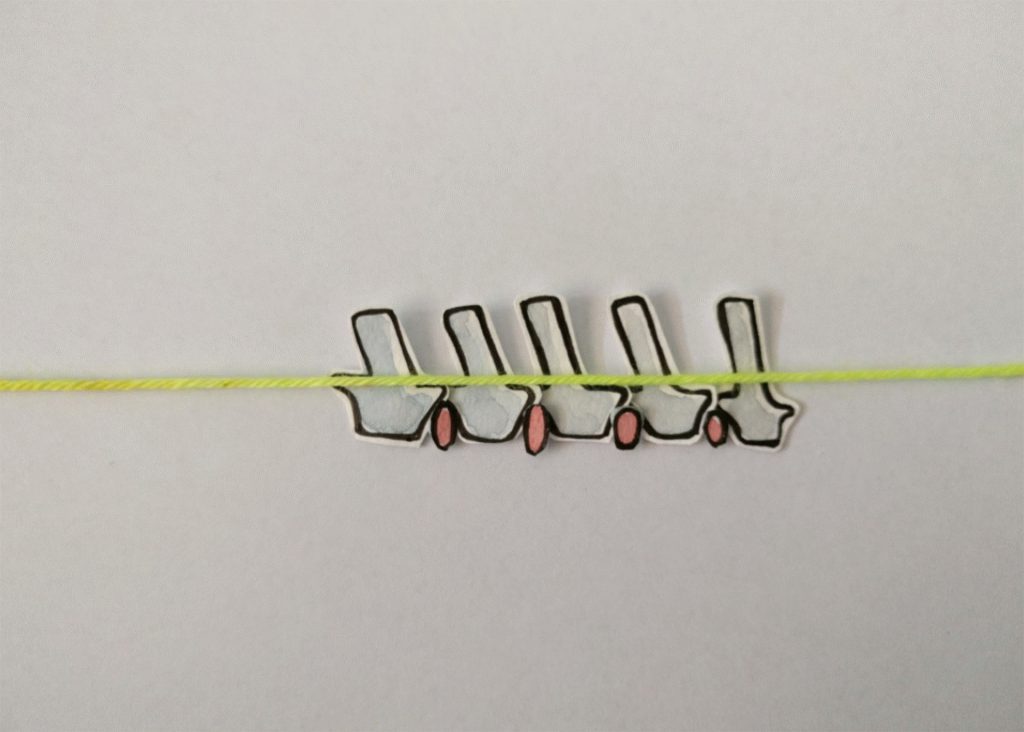Share Article:

Understand pressure sores, identify their indicators and learn effective methods of managing them at home.
Prolonged resting on a hard surface in the same position can lead to the formation of pressure sores. These sores develop on bony areas such as elbows, hips and hocks due to muscle wastage, reduced mobility and malnutrition.
Though this affliction is commonly observed in older pets, it can also be brought about by various external factors like ailments that affect blood circulation.
Stages of pressure sores
Stage 1: Localized fur loss and redness are first noticed. The area may be warm to touch.
Stage 2: There may be a shallow open sore. The surrounding skin remains inflamed and warm to the touch.
Stage 3: The sore becomes deeper and it may extend into the underlying tissue, such as the muscle layer. Pus or discharge may be present. At this stage, the area is surrounded by dead or dying tissue. “Dead space”, lack of tissue which creates a cavity may also be present at this stage.
Stage 4: The sore is deep and extends through all layers of skin, exposing underlying muscle, tendons, ligaments and bone. There may be tissue damage and infection. The area is often surrounded by a thick layer of dead tissue.
Preventing pressure sores
- Provide your pet with a soft but thick bed. We suggest using orthopedic beds made from dense memory foam. This will help them avoid sinking to the floor.
- Change your pet’s sleeping position every 1 – 2 hours to relieve pressure on the same area.
- Encourage movement. Use Slings or harnesses to aid with walking. Massage their limbs and spine gently every day to promote blood circulation.
- Keep their coat and fur clean and dry with regular grooming such as brushing, clipping long fur and with baths.
- Provide them with a healthy enriched diet to maintain healthy body weight.
- Apply barrier cream/ ointment on areas that are prone to getting pressure sores.
- Use paddings on bony areas. Soft donut cones, neck pillows can be used as padding.
Managing pressure sores
- During stage 1 & 2, wash the wound with a gentle antiseptic wash or solution, such as chlorhexidine, to eliminate any debris or bacteria from the wound. Apply an antibiotic ointment that has been recommended by your veterinarian, argasol silver gel or intrasite gel to aid in healing. To ensure the wound remains secure, use a protective dressing. Clean and change the dressing twice each day.
- At stage 3 & 4, a veterinary visit is necessary. Fur is shaved around the wound and dead tissue is debrided, followed by flushing the wound with chlorhexidine or saline. If a wound is substantial, the veterinarian might recommend stitching it up. Clean and dress the wound twice a day at home until it heals. Furthermore, the veterinarian may prescribe oral medications, including antibiotics and non-steroidal anti-inflammatories to help clear infections and manage pain.
Remember, Use an e-collar If your pet licks the wound. Follow up with your veterinarian to monitor the healing progress. Pressure sores can be painful and can lead to serious infections or maggot infestation if not treated. If you notice any signs of worsening or if the wound is not healing, contact your veterinarian immediately.
TRIGGER WARNING: BELOW IMAGE MAY BE DISTRESSING AND TRIGGERING TO SOME
You might be interested

